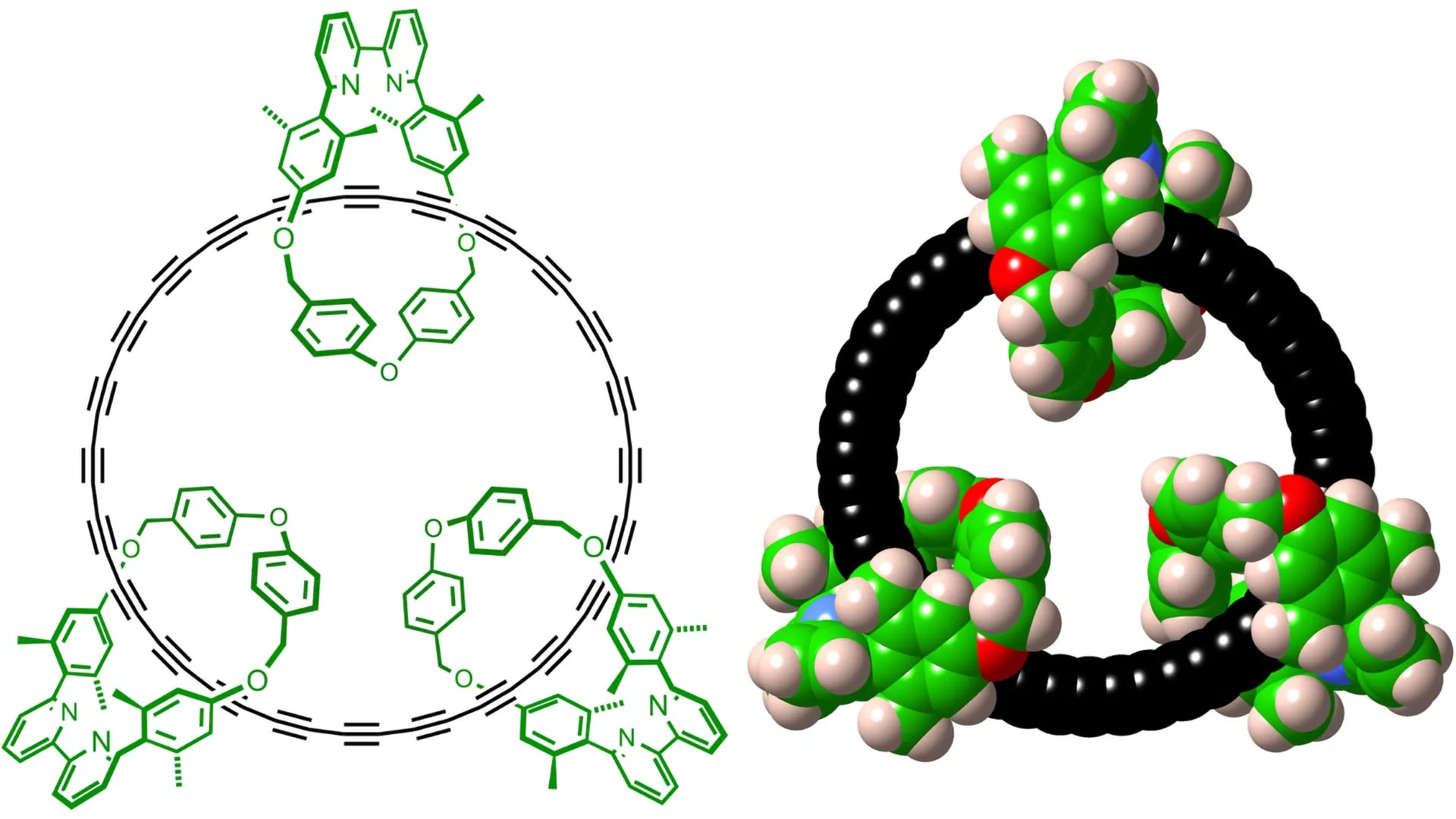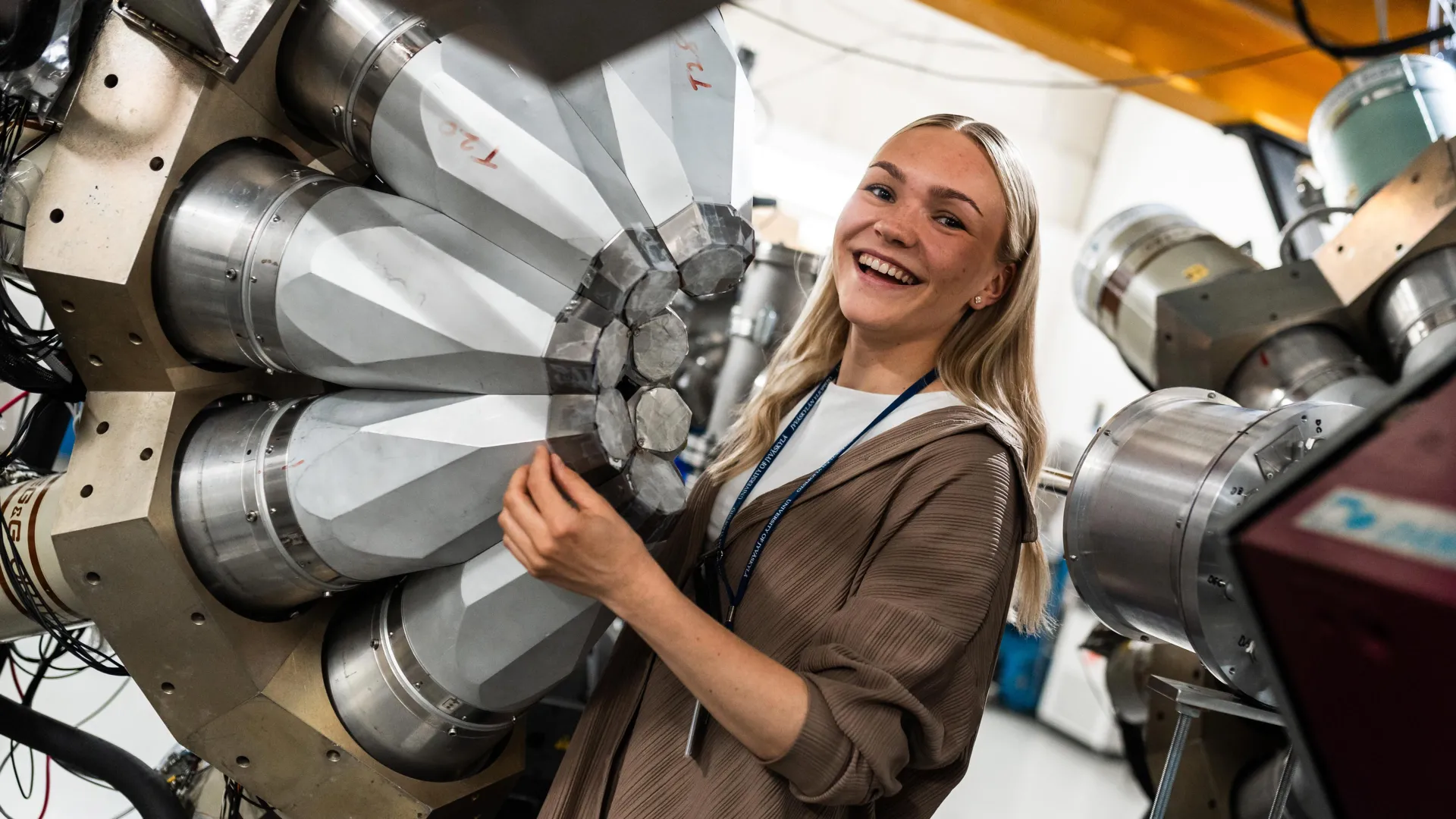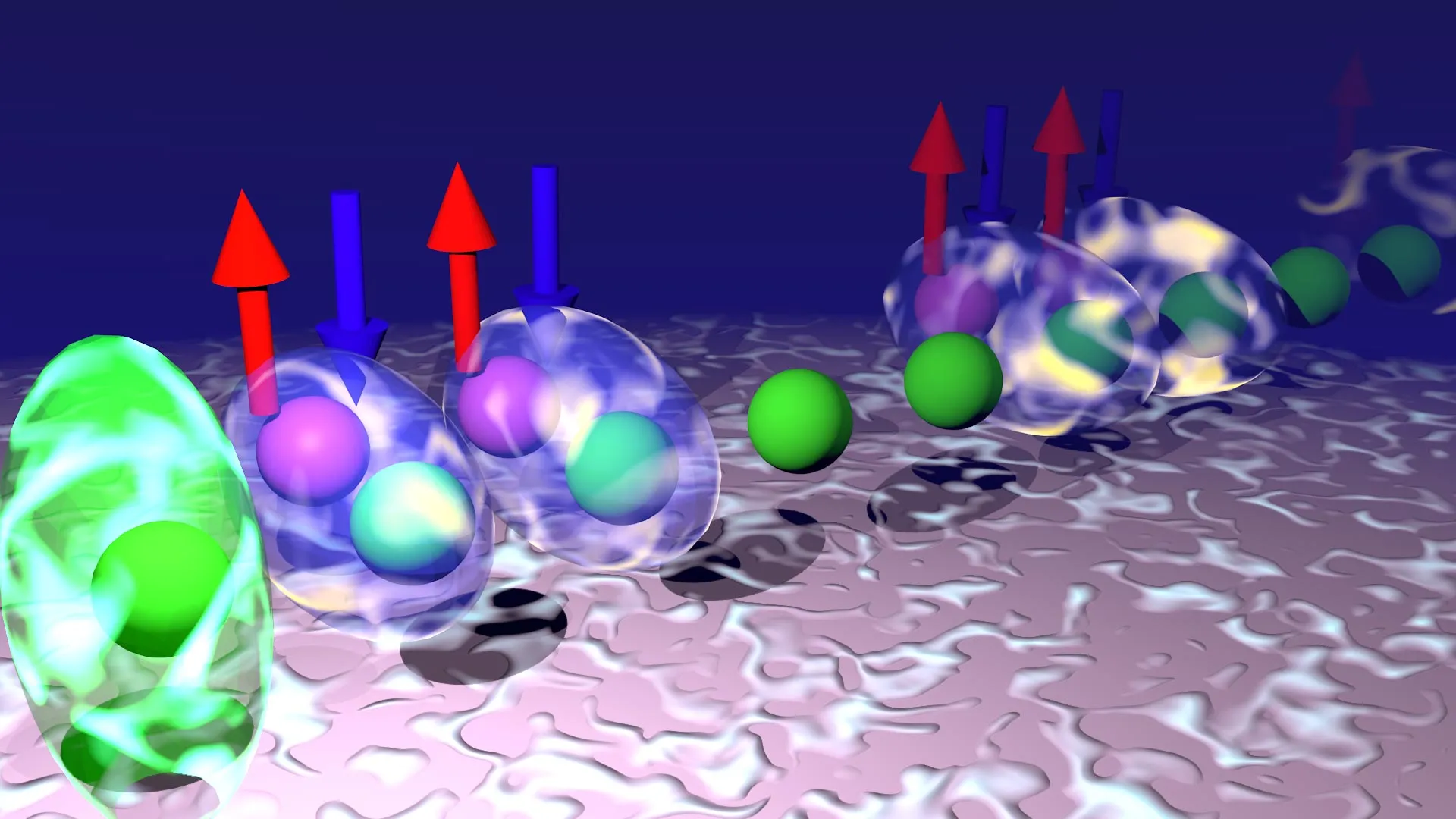PROTECT YOUR DNA WITH QUANTUM TECHNOLOGY
Orgo-Life the new way to the future Advertising by Adpathway
The intricate dance of gene expression in thyroid cancer is tightly choreographed by the dynamic landscape of epigenetic modifications, which orchestrate chromatin structure and accessibility. Central to this regulation are posttranslational modifications (PTMs) of histones—proteins around which DNA is elegantly wrapped—that influence whether certain genes are silenced or expressed. Among these modifications, acetylation, methylation, and ubiquitination emerge as pivotal players, reshaping chromatin from dense, transcriptionally silent heterochromatin into the more open and active euchromatin state. This epigenetic ballet not only dictates fundamental cellular behavior but also shapes cancer progression and therapeutic response in thyroid malignancies.
Histone acetylation, the enzymatic attachment of acetyl groups to lysine residues on the histone tails, has long stood as a hallmark of gene activation. This biochemical modification neutralizes the positive charges on histones, loosening their grip on the negatively charged DNA and thereby facilitating the recruitment of transcriptional machinery. Histone acetyltransferases (HATs) are the molecular artisans catalyzing this process, promoting chromatin relaxation and transcriptional enhancement. Conversely, histone deacetylases (HDACs) strip away these acetyl groups, compacting chromatin and silencing genes. The delicate balance between HAT and HDAC activity is paramount in maintaining normal gene expression patterns and is often perturbed in thyroid tumors.
In differentiated thyroid cancers such as papillary (PTC) and follicular (FTC) thyroid cancers, elevated levels of acetylation marks like H3K18ac and H3K9-K14ac have been identified, underscoring a chromatin state conducive to transcriptional activity. Intriguingly, aggressive anaplastic thyroid cancer (ATC) exhibits a loss of H3K18ac expression alongside retention of H3K9-K14ac, suggesting that selective depletion of acetylation marks may contribute to tumor dedifferentiation and malignancy progression. This epigenetic remodeling diverges the tumor’s fate by squelching differentiation signals and unleashing aggressive cellular phenotypes.
.adsslot_SF2VWLN4IB{ width:728px !important; height:90px !important; }
@media (max-width:1199px) { .adsslot_SF2VWLN4IB{ width:468px !important; height:60px !important; } }
@media (max-width:767px) { .adsslot_SF2VWLN4IB{ width:320px !important; height:50px !important; } }
ADVERTISEMENT
Histone methylation, a more nuanced modification compared to acetylation, involves the addition of methyl groups to lysine and arginine residues on histone N-terminal tails, generating mono-, di-, or trimethylation states. Unlike acetylation, methylation can associate with either activation or repression depending on the specific residue and methylation degree. The discovery that the demethylase KDM1A targeting H3K4 and H3K9 residues is overexpressed in papillary thyroid cancer cells highlights the complex role histone methylation plays in tumor cell invasion and migration. Suppressing KDM1A expression curtails the invasive capabilities of PTC cells, emphasizing its potential as a biomarker and therapeutic target.
Furthermore, histone methyltransferases such as KMT2D and KMT5A have been implicated in the epigenetic rewiring driving thyroid carcinogenesis. Their catalytic activities add layers of methyl marks that reshape chromatin landscapes and transcriptional outputs. In aggressive ATC, overexpression of the Enhancer of Zeste Homolog 2 (EZH2), a histone methyltransferase, represses thyroid-specific transcription factors like PAX-8 through H3K27 trimethylation, fostering dedifferentiation and uncontrolled growth. This demonstrates how specific methylation events can flip the epigenetic switch toward cancer progression by silencing lineage-defining genes.
Epigenetic regulation via histone deacetylation extends beyond gene repression, highlighting its role in silencing “differentiation genes” such as sodium-iodide symporter (NIS), thyroglobulin, thyroid transcription factor-1 (TTF-1), and thyroid peroxidase in thyroid cancer cells. The silencing of these genes contributes to the loss of iodine uptake and thyroid hormone synthesis capabilities that characterize advanced and treatment-resistant tumors. Remarkably, pharmacologic intervention with HDAC inhibitors like panobinostat reinstates NIS expression, arrests tumor growth, and triggers apoptosis in ATC preclinical models. These findings have propelled HDAC inhibitors—such as suberoylanilide hydroxamic acid (SAHA), trichostatin A, vorinostat, and valproic acid—into clinical trials aiming to redifferentiate refractory thyroid cancers and restore radioiodine sensitivity.
However, genetic contexts modulate responsiveness to epigenetic therapies. Tumors harboring BRAFV600E or HRAS mutations exhibit diminished responses to HDAC inhibitors. This resistance has prompted combinatorial strategies coupling HDAC inhibitors with inhibitors targeting the MAPK or PI3K/Akt signaling pathways, yielding synergistic antitumor effects in vitro. While preclinical evidence is promising—suggesting epigenetic drugs could reverse dedifferentiation in ATC—the translation into robust clinical outcomes remains an unmet challenge, especially in poorly differentiated thyroid carcinoma (PDTC), where data are scarce.
Beyond histone modifying enzymes, bromodomain-containing protein 4 (BRD4) has emerged as a key epigenetic reader in thyroid cancer. BRD4 specifically recognizes acetylated histones and facilitates transcriptional elongation by recruiting the P-TEFb complex, thereby sustaining the expression of genes essential for tumor proliferation. Overexpression of BRD4 in PTC tissues reinforces its oncogenic role, positioning it as an enticing target for epigenetic therapy. Meanwhile, the Aurora kinases, overexpressed in ATC, regulate mitotic progression via histone H3 phosphorylation and chromatin remodeling, further contributing to tumor aggressiveness.
Medullary thyroid cancer (MTC) presents a more enigmatic epigenetic profile, with limited studies to date. Notably, overexpression of histone methyltransferases EZH2 and SMYD3 correlates with invasiveness and metastasis in MTC patients independently of common RET and RAS mutations. This points toward distinct epigenetic mechanisms driving MTC progression, distinct from differentiated and anaplastic thyroid cancers, and underscores the urgency for additional focused research.
A groundbreaking advance in understanding thyroid cancer differentiation involves the recently uncovered METTL3-SETMAR-SMARCA2-TF axis, which elegantly links RNA modifications, histone methylation, chromatin remodeling, and transcription factor regulation to reinforce thyroid cell identity. METTL3 catalyzes N6-methyladenosine (m6A) RNA modifications on SETMAR mRNA, stabilizing it via the reader protein IGF2BP3. SETMAR, in turn, methylates histone H3 at K36 (H3K36me3) on the promoter of SMARCA2, enhancing its transcription. As part of the SWI/SNF chromatin remodeling complex, SMARCA2 then opens chromatin at enhancers of thyroid differentiation transcription factors PAX8 and FOXE1, bolstering their expression and fostering tumor differentiation.
The SETMAR protein itself is a unique histone methyltransferase harboring both catalytic and transposase domains, capable of methylating multiple histone sites (H3K4me2, H3K36me2, H3K27me3) that regulate gene transcription. The activation of SMARCA2 by SETMAR not only modifies histones but provides the ATPase-driven energy that physically repositions nucleosomes to render chromatin accessible, thereby enforcing the expression of genes crucial for maintaining differentiated thyroid states. This elucidation of the METTL3-SETMAR-SMARCA2 path unveils a tightly knit regulatory circuit imperative for staving off dedifferentiation and tumor progression.
Clinically, targeting the MAPK/ERK pathway with inhibitors such as selumetinib has demonstrated efficacy in redifferentiating refractory thyroid tumors by hampering aberrant signaling cascades. Excitingly, the presence of intact METTL3-SETMAR activity potentiates the redifferentiation capacity of MAPK inhibitors. Experiments revealing that methyltransferase-deficient SETMAR mutants fail to synergize with MAPK inhibition suggest that enhancement of the METTL3-14-WTAP m6A writer complex could amplify therapeutic responses. This highlights a novel therapeutic avenue: combining epitranscriptomic activators with conventional MAPK pathway blockade could reinstate iodine uptake and differentiation in lethal ATC.
Taken together, this emerging wealth of epigenetic and epitranscriptomic insights redefines our understanding of thyroid cancer biology, illuminating layers of chromatin regulation that govern tumor fate decisions. By bridging RNA modifications, histone methylation, chromatin remodeling, and transcription factor dynamics, the METTL3-SETMAR-SMARCA2-TF axis exemplifies the complex yet targetable machinery dictating thyroid cancer differentiation and progression. Harnessing this knowledge promises to transcend current therapeutic limitations, ushering in precision epigenetic interventions capable of reversing dedifferentiation and enhancing treatment responsiveness in aggressive thyroid cancers.
As the field advances, it becomes increasingly clear that addressing thyroid cancer requires a multifaceted approach integrating chromatin biology, epigenetics, and genetic contexts. The ongoing clinical trials deploying HDAC inhibitors and bromodomain protein antagonists, along with strategies targeting m6A RNA modification pathways, offer hope for improved outcomes. However, challenges persist in navigating tumor heterogeneity, drug resistance, and translation from bench to bedside. Future endeavors focusing on dissecting epigenetic crosstalk and synergistic targeting will undoubtedly propel transformative therapies that restore differentiation and curtail the lethality of advanced thyroid malignancies.
The convergence of epigenetics and cancer has never been more promising for thyroid neoplasms. With the revelation of mechanisms like the METTL3-SETMAR-SMARCA2-TF axis and accumulating preclinical success of epigenetic drugs, the horizon brims with potential to rewrite the treatment narrative for patients burdened by aggressive and refractory thyroid cancers. Harnessing this intricate chromatin choreography may soon unlock durable remissions grounded in the restoration of cellular identity—a testament to the power of decoding and manipulating the cancer epigenome.
Subject of Research: Epigenetic mechanisms governing gene expression and differentiation in thyroid cancer, focusing on histone modifications, RNA methylation, chromatin remodeling, and therapeutic targets.
Article Title: Epigenetic control in thyroid cancer: mechanisms and clinical perspective.
Article References:
Zhang, J., Zheng, S., Xie, R. et al. Epigenetic control in thyroid cancer: mechanisms and clinical perspective. Cell Death Discov. 11, 387 (2025). https://doi.org/10.1038/s41420-025-02688-2
Image Credits: AI Generated
DOI: https://doi.org/10.1038/s41420-025-02688-2
Tags: cancer progression and therapeutic responsechromatin structure and gene expressionepigenetic modifications in thyroid cancerepigenetic regulation in cancer treatmenthistone acetylation and methylationhistone acetyltransferases and deacetylasesmolecular mechanisms of thyroid cancerposttranslational modifications in oncologyrole of chromatin in thyroid malignanciestherapeutic strategies for thyroid tumorsthyroid cancer therapy mechanismstranscriptional regulation in cancer


 18 hours ago
5
18 hours ago
5





















 English (US) ·
English (US) ·  French (CA) ·
French (CA) ·